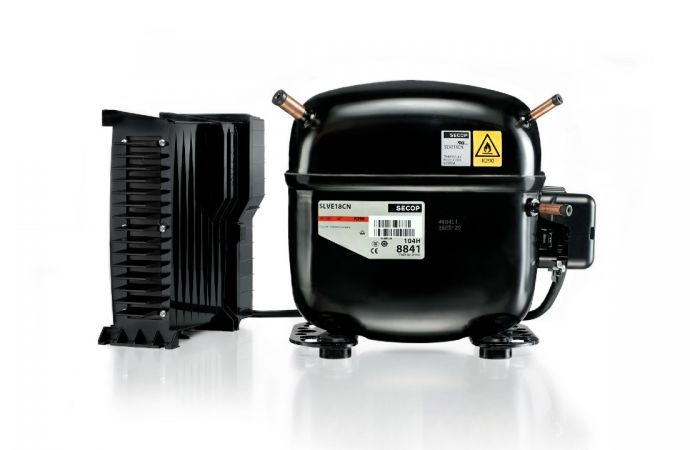Research from SINTEF and NTNU also indicates that R1270 has a lower pressure drop.

The research was carried out by scientists from Sintef Energy Research and NTNU.
A new study on the evaporation of isobutane (R600a) and propylene (R1270) in smooth and microfinned tubes shows that R1270 has a higher heat transfer coefficient (HTC) and lower pressure drop than R600a when tested in similar conditions.
The “Comparative analysis of evaporation of isobutane (R600a) and propylene (R1270) in compact smooth and microfinned tubes” study was carried out by scientists at the Norwegian University of Science and Technology (NTNU) and SINTEF Energy Research – both based in Trondheim, Norway – and published in the Applied Thermal Engineering journal in January 2021.
In addition to the superior performance of R1270, the researchers found that the microfinned tubes have the maximum HTC, when compared to smooth tubes. However, when comparing their experimental data with predictive correlations found in the scientific literature, they found that the correlations for finned tubes depend more on specific testing conditions and tubes, than they do for smooth tubes.
“While for smooth tubes, correlations were found to reliably predict both heat transfer coefficient and pressure drop, the accuracy of correlations for microfinned tubes is shown to be greatly dependent on the testing conditions and tubes,” the paper said.
In their experimental study, the researchers used 5mm (0.2in) diameter tubes and three test scenarios with saturation temperatures of 5°C, 10°C and 20°C (41°F, 50°F and 68°F).
They found that R1270 has a higher HTC than R600a under all test conditions, but that the difference is more pronounced with lower vapor quality. “This can be indicative of a more influential convective heat transfer mechanism in R600a, while heat transfer in R1270 is mainly carried out by nucleation boiling process, thus having a relatively milder increase in HTC with increasing vapor quality,” the researchers said.
Due to the limited charges allowed when using hydrocarbons as the working fluid in refrigeration, it is “essential” to limit the sizes of the heat exchangers to increase system capacities, the researchers explained. This is because the majority of the charge tends to accumulate in the heat exchangers, where it is in liquid phase with a higher density. Hence the importance of finding the working fluid with the best HTC, the researchers said.
Microfinned tubes have the potential to help solve this issue and reduce the volume and charge in heat exchangers, the research team concluded.
In a paper presented at the 2018 Purdue Conferences, optimized domestic refrigerator condenser coils using hydrocarbon refrigerants were shown to deliver needed cooling capacity while using smaller-diameter (5 mm) MicroGroove copper tubes that contain a small charge of refrigerant.
Related stories



